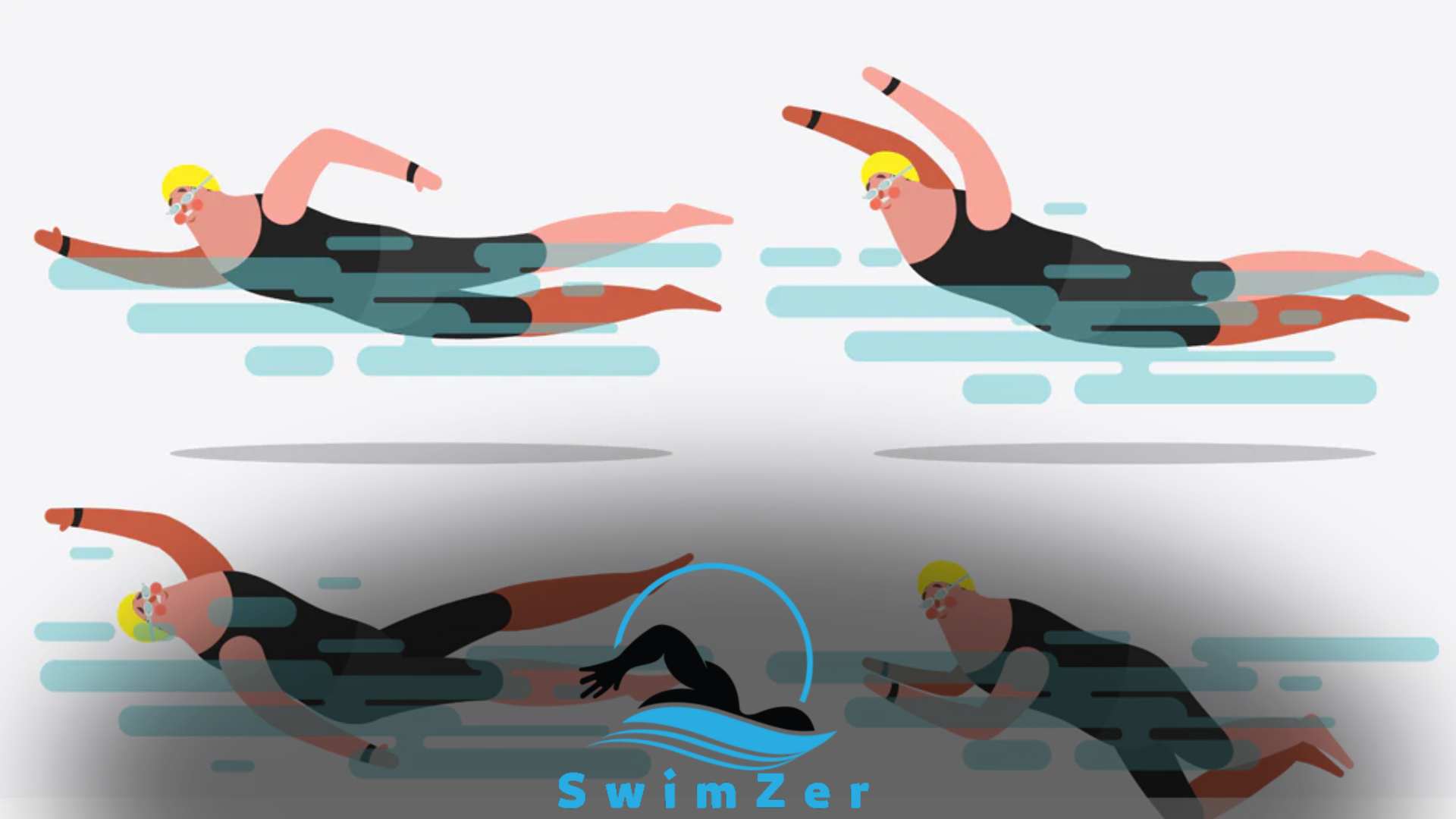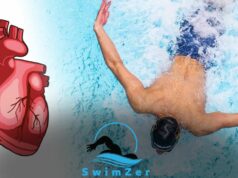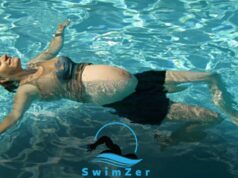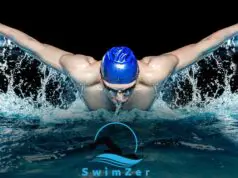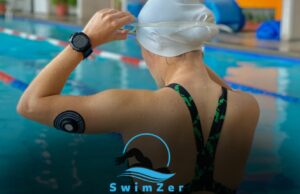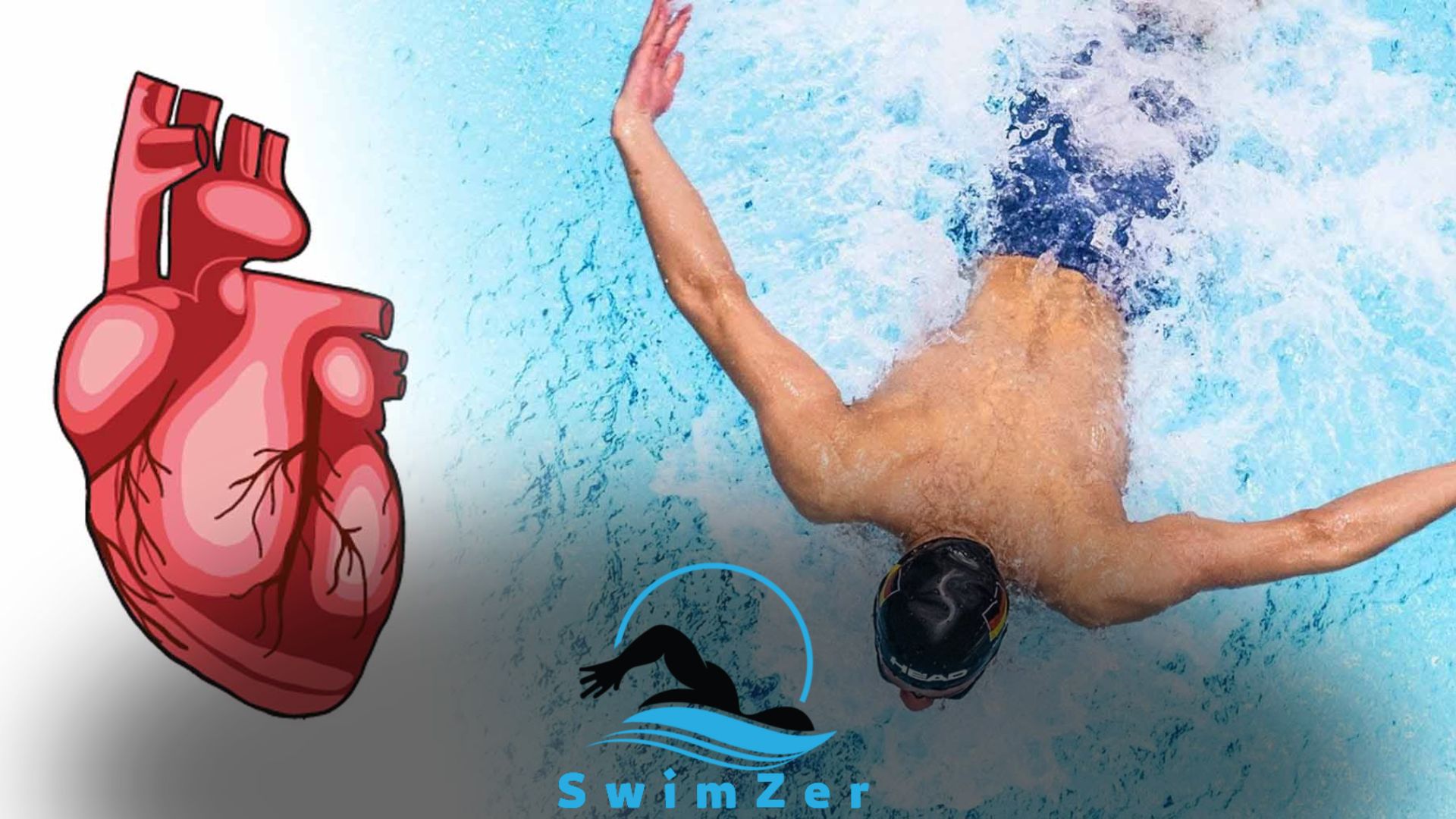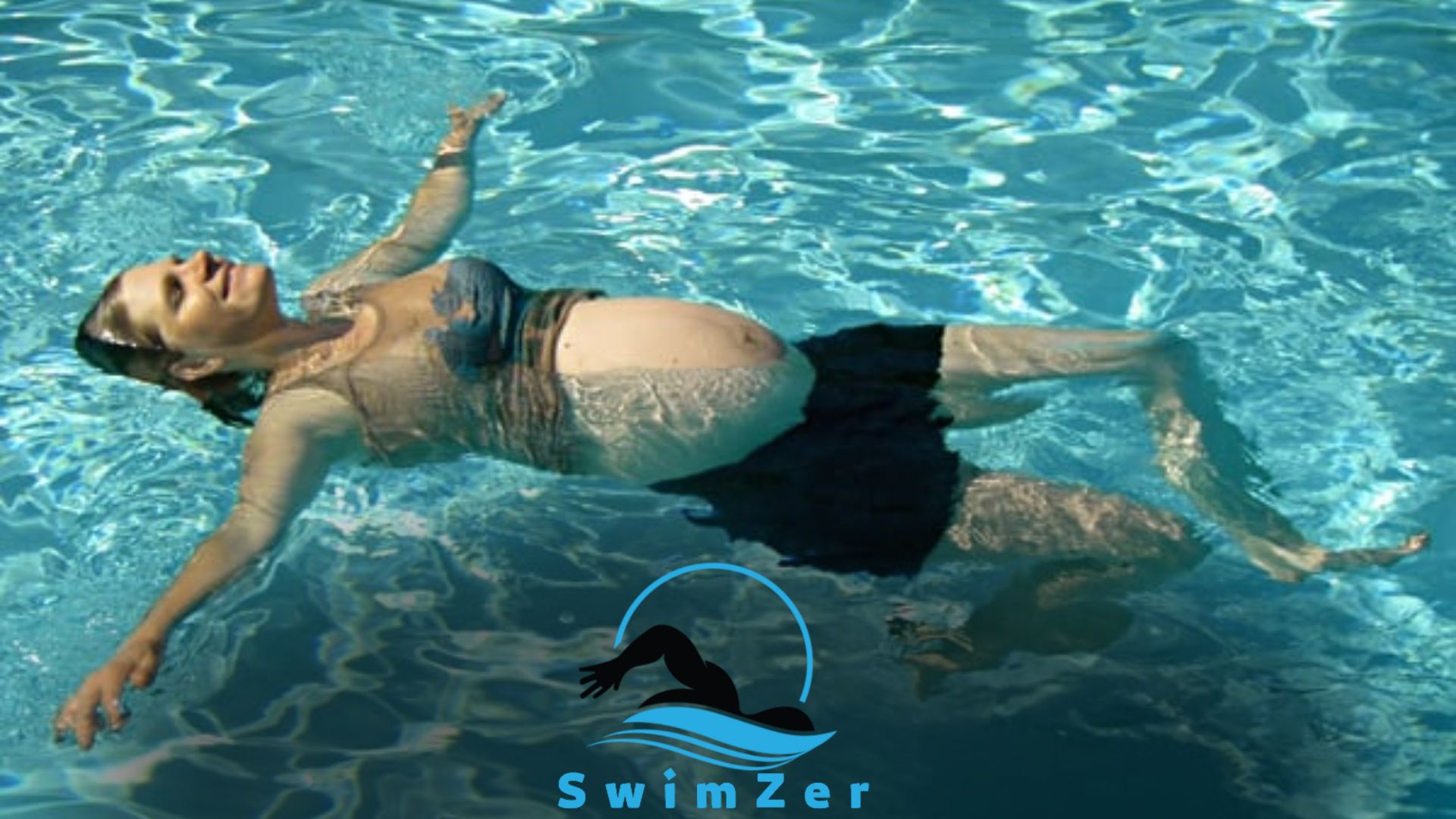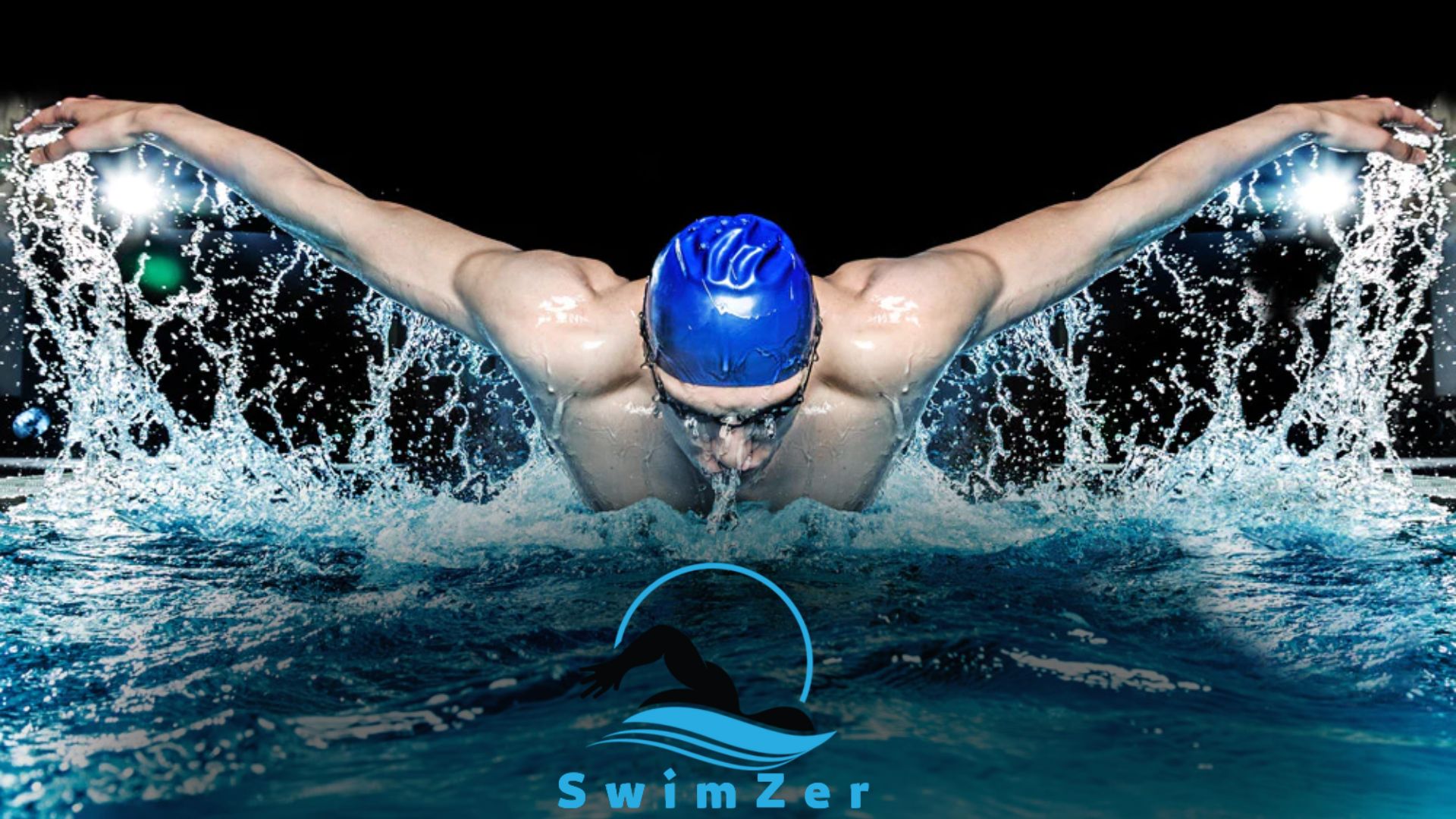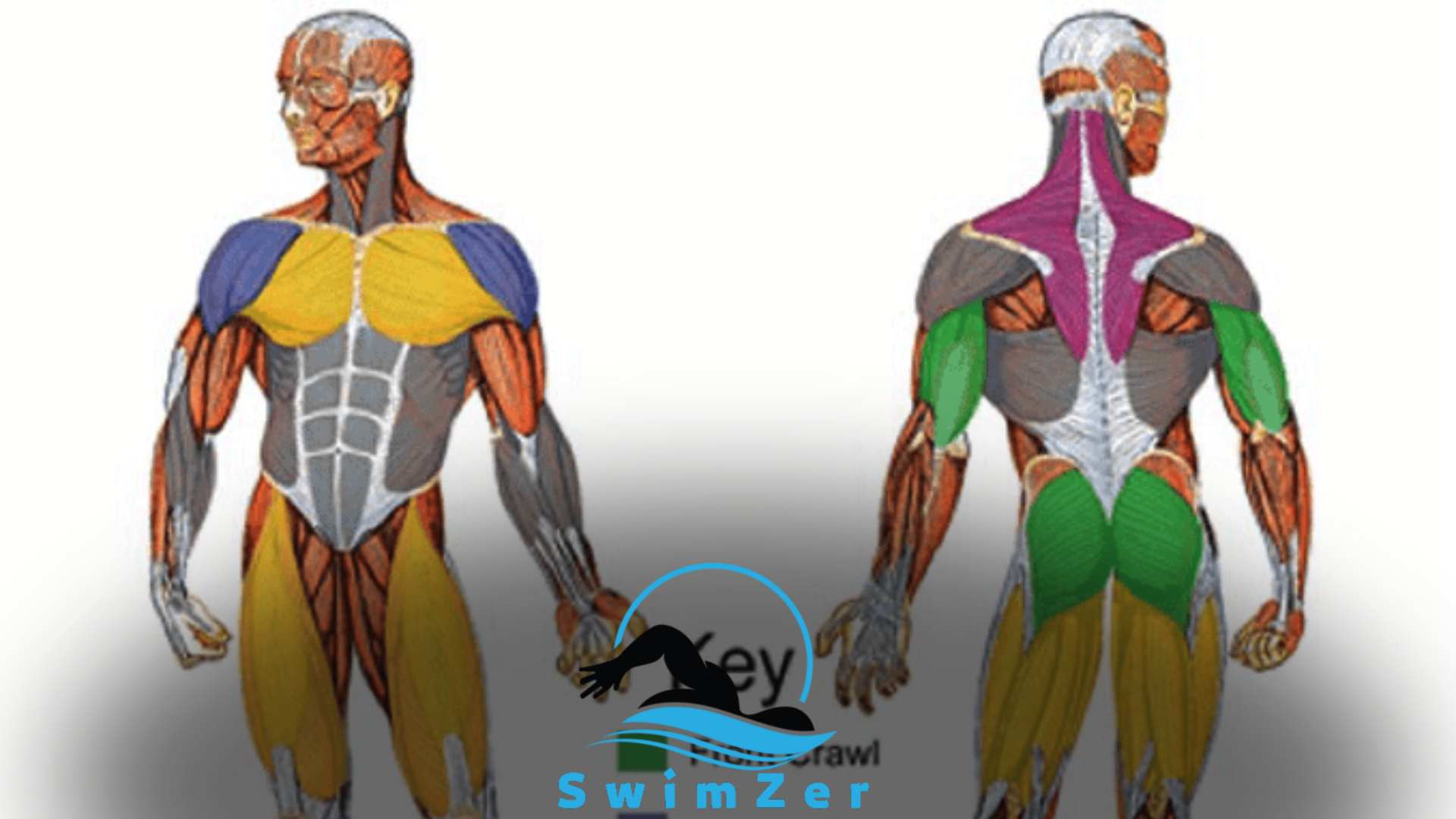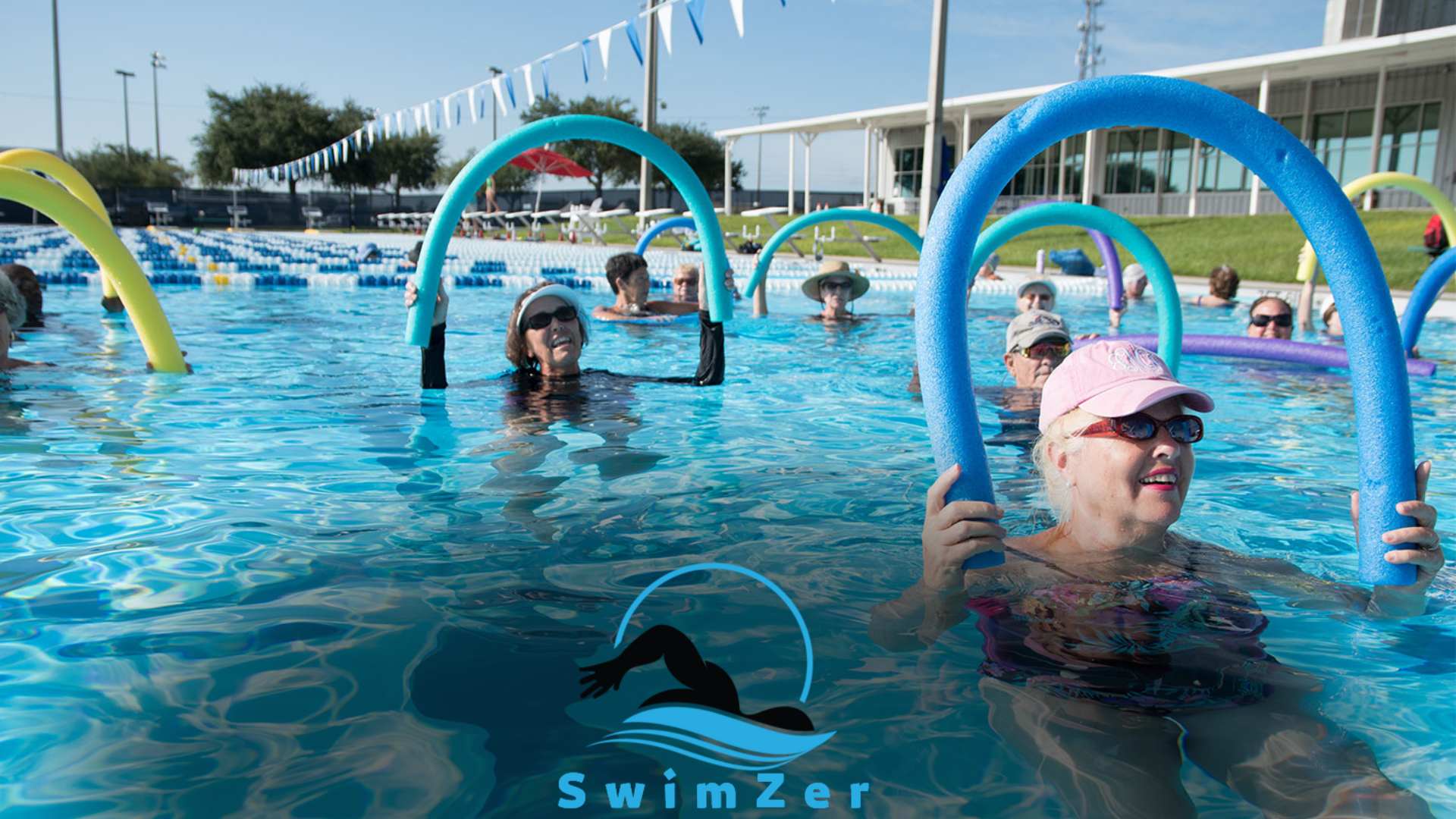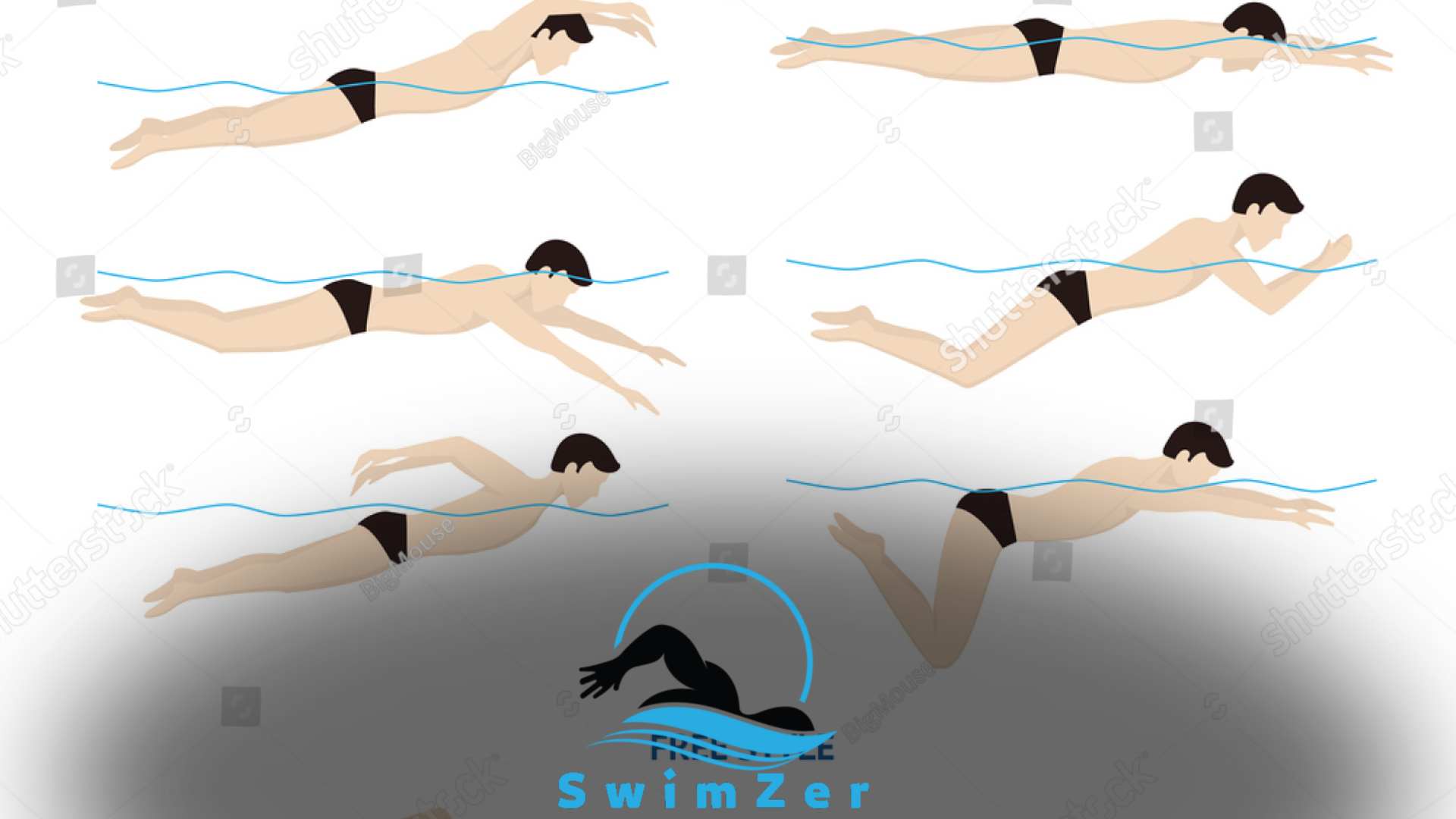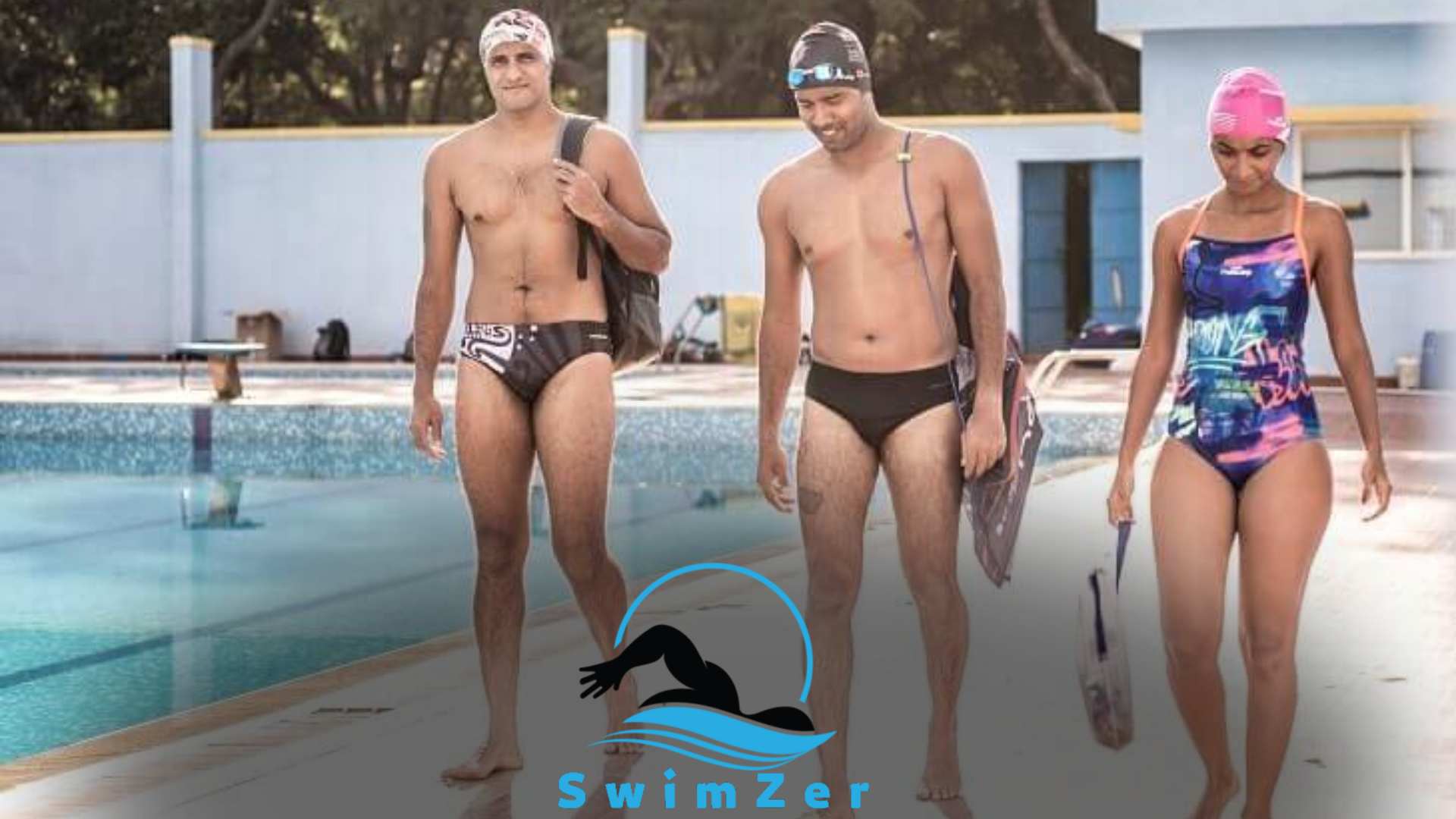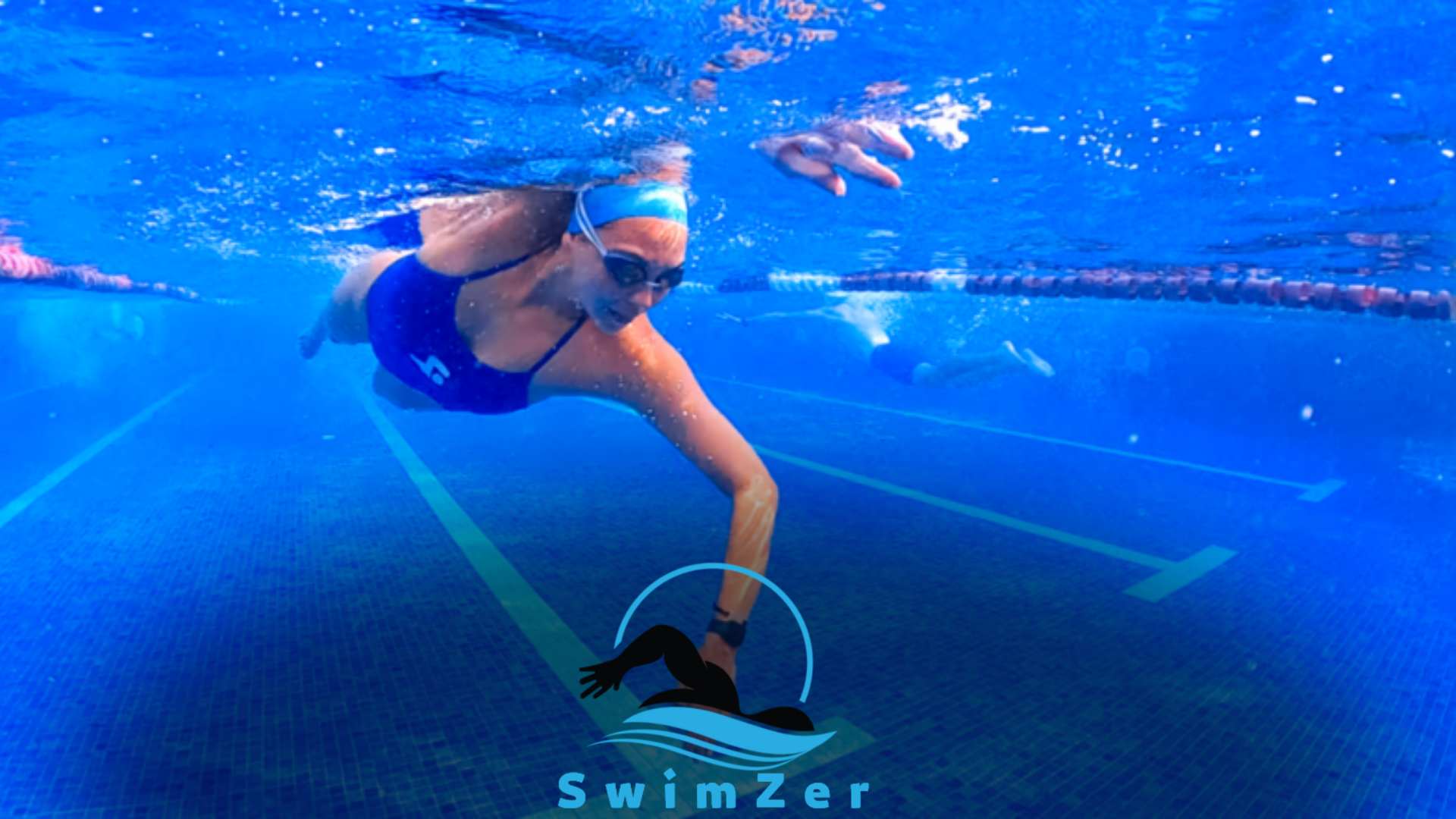The butterfly stroke uses the most energy out of all swimming strokes. It requires a powerful and coordinated movement of the entire body.
This stroke engages the chest, shoulders, arms, and core muscles, producing high energy expenditure. As a result, the butterfly stroke is often considered the most demanding and physically exhausting swimming technique.
Swimmers must have strong cardiovascular endurance and muscular strength to maintain the intensity required for this stroke.
Additionally, mastering the butterfly stroke requires proper technique and body coordination to maximize efficiency in the water.
Despite its energy demands, many swimmers enjoy the challenge and rewards of swimming the butterfly stroke.
Introduction to Swimming Strokes and Energy Consumption
Swimming strokes vary in energy consumption. Understanding the importance of energy usage in each stroke is essential.
Swimmers can optimize their training and performance by knowing which stroke utilizes the most energy. Energy efficiency impacts endurance and speed in the water.
Different strokes place different demands on the body, resulting in varying levels of energy expenditure. Freestyle, for instance, requires a continuous and coordinated movement of the arms and legs.
Breaststroke, on the other hand, involves simultaneous arm and leg movement with a glide.
Backstroke involves alternating arm and leg movements while maintaining a horizontal body position. Butterfly stroke demands a powerful undulating chest, arms, and legs motion.
Consequently, each stroke’s energy expenditure differs, and swimmers should be aware of these variations to improve their swimming techniques and conserve energy while achieving optimal performance in the water.
While understanding the energy expenditure of different strokes, knowing their benefits is essential. Learn about the advantages of swimming breaststroke and its unique characteristics.
The Butterfly Stroke: A Powerhouse of Energy
The butterfly stroke is a powerhouse of energy, requiring intense exertion and engagement of large muscle groups. An analysis of biomechanics shows that this swimming stroke utilizes the most energy compared to other strokes.
The powerful undulation of the body combined with the vigorous movement of the arms and legs contributes to its high energy expenditure.
The butterfly stroke places significant demands on the chest, shoulders, and core muscles, requiring strength and endurance.
Compared to freestyle, backstroke, and breaststroke, the butterfly stroke requires more forceful movements and a higher overall fitness level.
Understanding the energy demands of different swimming strokes can help swimmers tailor their training and optimize their performance in the pool.
The Freestyle Stroke: Efficiency vs Energy Consumption
The freestyle stroke in swimming can be both efficient and energy-consuming. Examining its energy demands reveals various factors contributing to energy efficiency.
Techniques that conserve energy are crucial for improving performance in freestyle swimming. Energy conservation is key to generating maximum speed and endurance.
Proper form and technique, such as a streamlined body position, efficient arm and leg movements, and a relaxed breathing pattern, can significantly reduce energy expenditure.
Additionally, an effective recovery phase and precise timing of strokes contribute to energy efficiency in freestyle swimming.
Implementing these techniques can allow swimmers to maintain a consistent swim pace and minimize fatigue.
By understanding and focusing on energy conservation, swimmers can optimize their performance and achieve better results in freestyle strokes.
Freestyle is one of the most popular swimming strokes but can be challenging. Dive into why freestyle swimming can be hard and how to master it.
The Breaststroke: Balancing Power and Efficiency
The breaststroke is a swimming stroke that requires a delicate balance between power and efficiency. This stroke utilizes the most energy due to its unique characteristics.
The breaststroke involves a simultaneous movement of the legs, arms, and torso, resulting in higher energy expenditure.
However, swimmers can optimize their energy consumption by employing certain strategies. These include maintaining a streamlined body position, minimizing drag in the water, and perfecting the timing and coordination of their strokes.
By focusing on these techniques, swimmers can efficiently propel themselves through the water while conserving energy.
Ultimately, understanding the energy utilization in the breaststroke and implementing effective strategies can lead to improved performance in swimming competitions.
The Backstroke: A Moderate Energy Expenditure
The backstroke is a swimming stroke that requires a moderate amount of energy expenditure. Various technical aspects influence energy usage in this stroke.
Compared to other swimming strokes, the backstroke consumes a certain energy level. It is important to analyze the energy requirements of the backstroke to understand its impact on overall swimming performance.
By examining the technical aspects that influence energy usage, we can better understand the energy demands of the backstroke.
This analysis will provide valuable insights into how the backstroke compares to other swimming strokes regarding energy consumption.
Conclusion: Finding the Most Energy Consuming Stroke
Swimming strokes differ in their energy demands, and finding the most energy-consuming stroke is crucial. To recap, each stroke places varying demands on the body, making comparisons necessary.
Factors to consider when determining the stroke requiring the most energy include the technique, the muscles engaged, and the swimmer’s speed.
Swimmers should also take into account their overall fitness level and body composition. Maximizing energy efficiency is important for swimmers aiming to improve their performance.
Swimmers can enhance their energy conservation abilities by optimizing technique, reducing drag, and focusing on proper breathing and stroke efficiency.
This knowledge can be applied in training regimens and competition strategies, helping swimmers perform at their best.
Understanding the energy demands of each stroke empowers swimmers to make informed decisions in their training and improve their overall performance in the water.
Swimming is a full-body workout, and different strokes target various muscle groups. Discover what muscles freestyle swimming works and how it contributes to overall fitness.
Frequently Asked Questions
Which Swimming Stroke Uses the Most Energy?
The butterfly stroke uses the most energy due to its demanding nature and vigorous body movements.
Is the Freestyle Stroke Energy Intensive?
Yes, the freestyle stroke is energy-intensive as it requires constant propulsion and coordination of multiple muscle groups.
Does the Breaststroke Consume a Lot of Energy?
While the breaststroke is less demanding than other strokes, it still consumes a significant amount of energy due to its slower pace and increased resistance in the water.
Is the Backstroke An Energy-Efficient Swimming Technique?
The backstroke is relatively energy-efficient compared to other strokes as it allows smoother movements and reduces resistance in the water.
How Does the Energy Consumption of the Different Strokes Vary?
The energy consumption varies depending on the stroke, with the butterfly requiring the most energy, followed by freestyle, breaststroke, and backstroke in descending order.
Conclusion
Understanding which swimming stroke uses the most energy can help swimmers optimize their training and performance. Freestyle, butterfly, and breaststroke are the three main strokes requiring varying energy levels.
Freestyle, with its continuous and rhythmic motion, is known for being the most efficient and least energy-consuming stroke.
On the other hand, the butterfly stroke demands the most energy due to its full-body movement and high intensity. Breaststroke falls somewhere in between, requiring a combination of power and technique.
Factors such as distance, speed, technique, and individual fitness level need to be considered to determine which stroke uses the most energy.
By incorporating this knowledge into their training regimen, swimmers can tailor their workouts to build endurance and improve their overall performance in the water.
So, whether you’re a competitive swimmer or looking to get the most out of your swimming workouts, understanding the energy demands of each stroke is crucial for reaching your goals.

